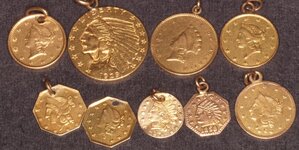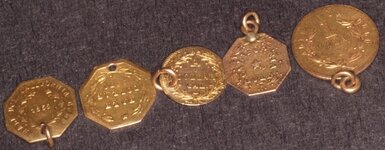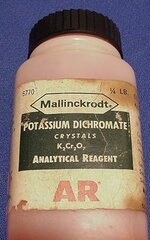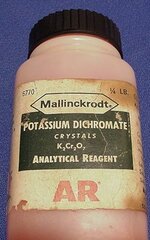pointdlr
Sr. Member
These coins all came off a very old charm bracelet from a prominent old Cincinnati family. In the first picture, I included all the coins on the bracelet, b/c the top row are all 100% authentic US issued gold coins. Here is a breakdown of the coins in the first picture:
Top Row Left to Right:
1) 1853 $1 US Gold
2) 1929 $2.5 US Gold
3) 1854 $1 US Gold
4) 1849 $1 US Gold.
It is the bottom row that I only have a hunch on. I do know they are all represented to be California Fractional Gold pieces. From a little research, I found out that these were reproduced by jewelers. I am hoping to find someone who is an expert on these types of coins that may be able to identify them as the real ones or the jeweler copies. I will say that they "feel" like real gold, but I just don't know for sure.
Here is a list for Row 2 Left to Right:
1) 1856 "Half Dol. California Gold"
2) 1870 "Half Dollar"
3) 1872 or 3 "1/4 Dolllar Cal."
4) 1858 "California Gold"
5) 1870 "1 Dollar California Gold"
Thanks in Advance for your help,
Jon Dickinson
Top Row Left to Right:
1) 1853 $1 US Gold
2) 1929 $2.5 US Gold
3) 1854 $1 US Gold
4) 1849 $1 US Gold.
It is the bottom row that I only have a hunch on. I do know they are all represented to be California Fractional Gold pieces. From a little research, I found out that these were reproduced by jewelers. I am hoping to find someone who is an expert on these types of coins that may be able to identify them as the real ones or the jeweler copies. I will say that they "feel" like real gold, but I just don't know for sure.
Here is a list for Row 2 Left to Right:
1) 1856 "Half Dol. California Gold"
2) 1870 "Half Dollar"
3) 1872 or 3 "1/4 Dolllar Cal."
4) 1858 "California Gold"
5) 1870 "1 Dollar California Gold"
Thanks in Advance for your help,
Jon Dickinson







 That would have been a heavy bracelet!!!
That would have been a heavy bracelet!!!

